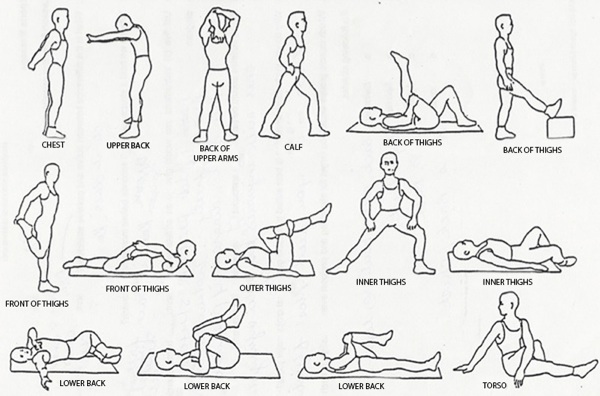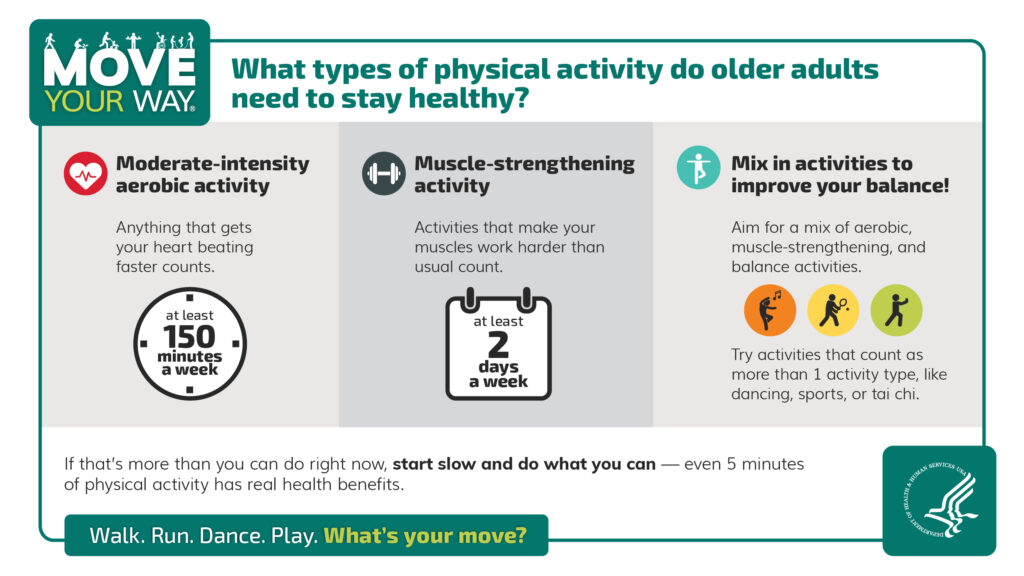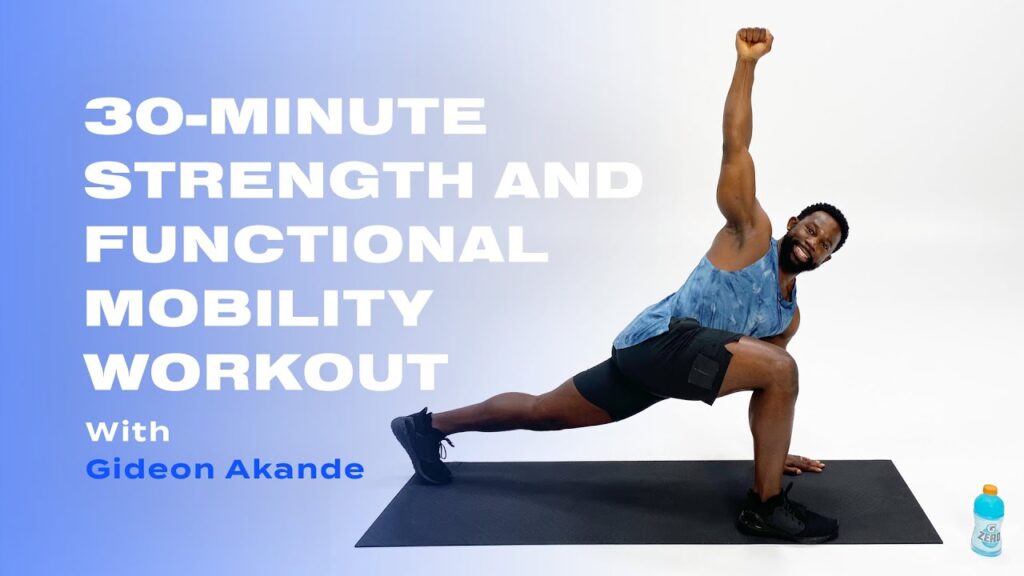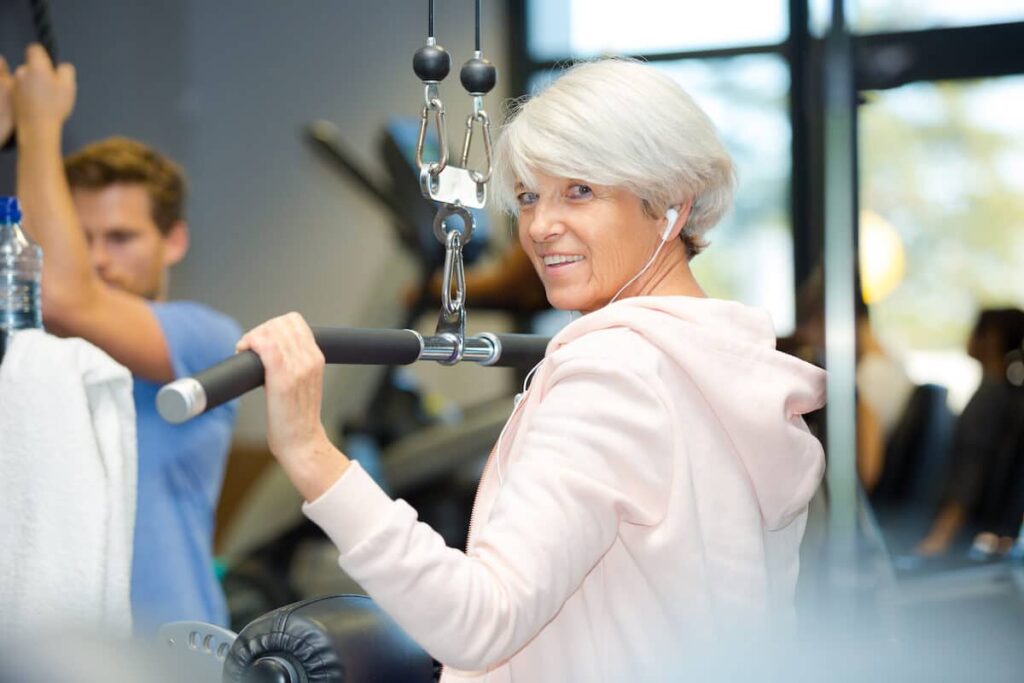Flexibility decreases with age due to reduced muscle elasticity and joint mobility. Regular stretching can mitigate these effects.
Flexibility is crucial for overall physical health and well-being. As people age, their muscles and joints naturally lose some of their elasticity and range of motion. This decline in flexibility can lead to stiffness, discomfort, and a higher risk of injury.
Regular stretching and physical activity can help maintain and even improve flexibility. By incorporating simple exercises and stretches into daily routines, older adults can enhance their mobility, reduce pain, and improve their quality of life. Understanding the impact of age on flexibility is essential for developing effective fitness and wellness strategies.

Credit: elliesmithyoga.com
Flexibility Across The Lifespan
Children are naturally flexible. Their joints and muscles are soft. This allows them to move freely. Stretching and playing help them stay flexible. Encouraging active play is important. It helps maintain their natural flexibility.
During adolescence, bodies grow quickly. Muscles and bones change. This can make teens less flexible. Stretching exercises can help. Regular physical activity is crucial. It helps maintain flexibility during these years.
Adults can lose flexibility over time. Busy lives can limit movement. Regular stretching is important. Yoga and Pilates are great options. Staying active helps keep muscles flexible. It also reduces the risk of injury.
Seniors often face stiffness. Muscles and joints become less flexible. Gentle stretching can help. Activities like Tai Chi are beneficial. These exercises improve flexibility and balance. Staying active is essential for seniors.
Physiological Factors Affecting Flexibility
Collagen keeps our skin and tissues strong. As we age, our body makes less collagen. This makes our tissues less flexible. Collagen is important for joint health too. Less collagen can cause stiffness.
Muscle mass helps us move and stay flexible. Muscles shrink as we get older. This makes it harder to stretch. Strong muscles support our joints. Weak muscles can make us less flexible.
Healthy joints are key for good flexibility. Joints can get stiff with age. Cartilage in joints wears down over time. This limits our range of motion. Keeping joints healthy helps us stay flexible.
The Science Behind Age And Flexibility
As we grow older, connective tissues like tendons and ligaments become less elastic. This reduces the overall flexibility. Aging also causes the breakdown of collagen, a key component of these tissues. With less collagen, tissues become stiffer. This stiffness can limit the range of motion in joints.
Synovial fluid acts as a lubricant for our joints. As we age, the production of this fluid decreases. Less synovial fluid leads to increased friction in the joints. This can make movements feel more restricted. Reduced fluid also contributes to joint stiffness and discomfort. Keeping joints active can help maintain some fluid levels.
Lifestyle’s Influence On Flexibility
Regular exercise improves flexibility. Stretching exercises are especially helpful. Yoga and Pilates can be very beneficial. People who exercise regularly stay more flexible. Age affects flexibility less if you stay active.
Sitting for long periods harms flexibility. Sedentary people feel stiffer as they age. Lack of movement causes muscles to tighten. Regular movement helps keep muscles loose. A sedentary lifestyle speeds up the loss of flexibility.
Good nutrition supports flexible muscles. Proper hydration is crucial. Drinking enough water keeps muscles supple. Foods rich in vitamins and minerals help. A balanced diet aids in maintaining muscle health.
Gender Differences In Flexibility
Age significantly affects flexibility, with younger individuals generally exhibiting greater flexibility than older adults. Gender differences also play a role, as females typically maintain better flexibility across various age groups.
Hormonal Influences On Flexibility
Hormones play a big role in flexibility. Estrogen helps women have more flexible joints. Men have more testosterone, which makes their muscles stronger but less flexible. As people age, hormone levels change. This affects how flexible they are. Women may lose flexibility faster after menopause. Men may stay more flexible for longer.
Comparing Flexibility Trends In Men And Women
Women are generally more flexible than men. This is true at all ages. Boys and girls have similar flexibility when they are young. As they grow, girls become more flexible. Boys become stronger but less flexible. This trend continues into adulthood. Older men and women both lose flexibility. Women may lose it faster after a certain age. Exercise and stretching can help keep flexibility in both genders.
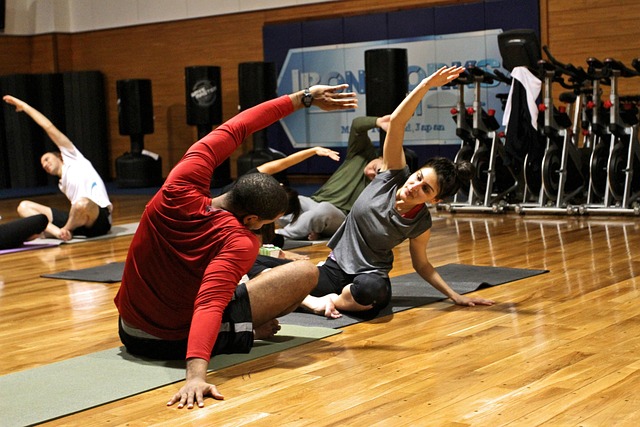
Credit: stretch.com
Improving Flexibility At Any Age
Stretching is important for everyone. Children can start with simple stretches. Adults should focus on dynamic stretches. Seniors need gentle, static stretches. Stretch at least three times a week. Always warm up before stretching. This helps to prevent injuries. Cooling down is also important. It helps muscles relax.
Flexibility training can be fun. Yoga is great for all ages. Pilates helps with strength and flexibility. Tai Chi is perfect for balance and flexibility. Each program offers something unique. Choose one that fits your needs. Consistency is key. Stick to your routine for the best results.
Physical therapy can help improve flexibility. Therapists design personalized plans. These plans target your needs. They use safe techniques. Physical therapy also helps with pain relief. It can improve mobility and strength. Regular sessions are important. They ensure continuous progress.
Measuring Flexibility
Age significantly affects flexibility, often leading to reduced range of motion. Younger individuals generally exhibit greater flexibility compared to older adults. Consistent stretching and exercise can help mitigate this decline.
Common Flexibility Tests
Several tests measure flexibility. The sit-and-reach test checks hamstring and lower back flexibility. The shoulder stretch test gauges shoulder flexibility. Another common test is the trunk lift, which evaluates back flexibility. Flexibility tests are easy and quick to perform. They provide useful information about your body’s range of motion. These tests help track progress and set goals. Regular testing ensures you stay on track.
Tracking Flexibility Over Time
Tracking flexibility helps understand changes in your body. Keep a log of test results. This helps identify patterns and improvements. Regular monitoring is essential. It highlights areas needing more attention. Age can impact flexibility, so tracking over time is crucial. A consistent routine helps maintain or improve flexibility. Small changes make a big difference. Stay committed to see the best results.
Real-life Implications Of Flexibility
Good flexibility helps prevent injuries. Flexible muscles stretch easily. This reduces the risk of tears. Older people have less flexibility. They are more likely to get injured. Stretching exercises can help. Regular stretching keeps muscles flexible.
Flexibility affects daily activities. Tying shoes or reaching shelves is easier. Stiff muscles make these tasks hard. Older adults benefit from good flexibility. It improves their quality of life. Regular stretching helps maintain flexibility. Simple stretches can make a big difference.
Athletes need good flexibility. It helps them perform better. Flexible muscles move more freely. This allows for better technique. Older athletes may lose flexibility. This affects their performance. Stretching routines can help. Consistent practice keeps them flexible.

Credit: www.petrakchiro.com
Frequently Asked Questions
How Does Age Affect Flexibility?
Age reduces flexibility due to muscle stiffness and joint wear. Regular stretching can help maintain flexibility as you age.
What Is The Impact Of Age On Flexibility Quizlet?
Age decreases flexibility. As you age, muscles and joints lose elasticity, reducing range of motion. Regular stretching helps maintain flexibility.
What Is The Impact Of Age On Flexibility Brainly?
Age can reduce flexibility due to muscle stiffness and joint degeneration. Regular stretching and exercise can help maintain it.
At Which Age Does Flexibility Peak?
Flexibility typically peaks in the late teens to early twenties. Regular stretching can help maintain flexibility longer.
Conclusion
Age significantly impacts flexibility, often reducing it over time. Regular exercise and stretching can help maintain flexibility. Staying active and incorporating flexibility exercises into your routine is essential. Prioritize flexibility to enhance overall well-being and mobility. Remember, it’s never too late to start improving your flexibility.





